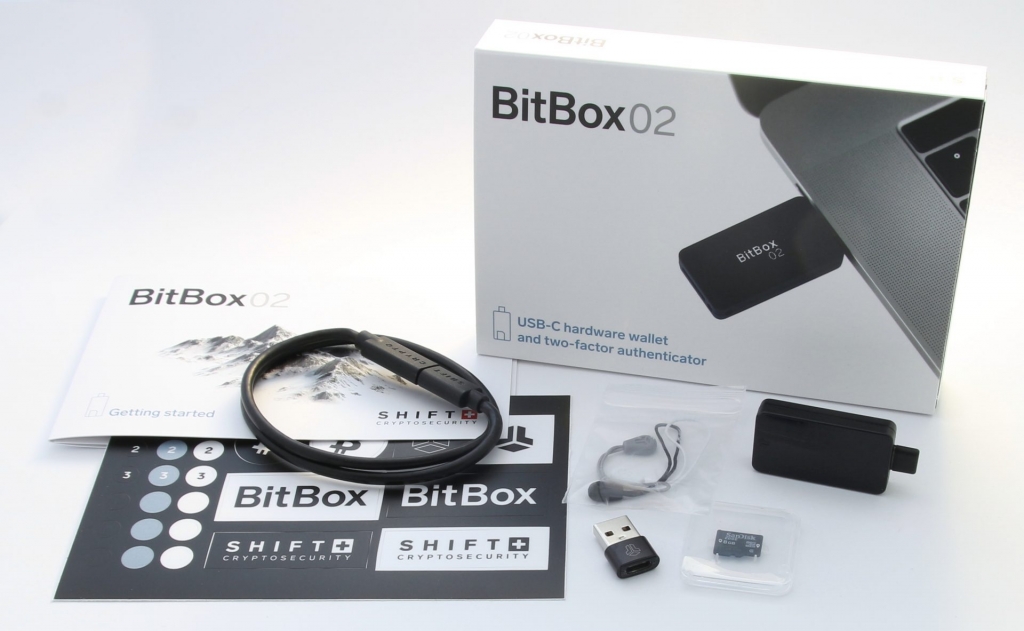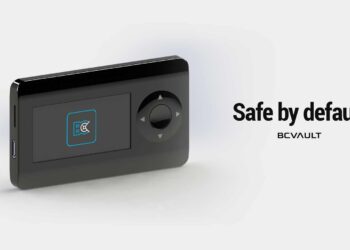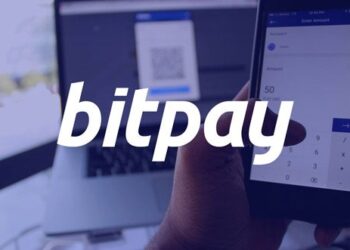Innovation Overview
Beginning with security, the primary concern that stands BC Vault One, the fundamental equipment gadget by BC Vault, out on the rundown of different wallets for bitcoin and other cryptos is the high-level key age technique.
Most mainstream crypto wallets (both equipment and programming) use either BIP39 or BIP44 libraries to create seeds, which give end clients a decoded mental helper state. This could be considered as a genuine danger for all resources kept inside the gadget if there should arise an occurrence of the reinforcement spills out or being reached by fraudsters.
BC Vault’s makers have picked an alternate way. BC Vault One is outfitted with a gyro sensor (RNG) that creates a different pair of keys, giving clients greater secrecy, as there’s no deterministic construction utilized, and two locations can’t be numerically connected between one another. When the new wallet is made, the keys are encoded of course.
How BC Vault is actually secured?
Each and every wallet on your BC Vault is individually encrypted with a combination of an application password, entered on your computer and a PIN entered on your BC Vault using industry-standard encryption.
In addition, you can specify a Global PIN and password, which adds an additional layer of security to your BC Vault, without which the device won’t even respond to public key requests.
This means that in total you have the following passwords and PIN’s available:
- Global Password – Used for unlocking access to BC Vault along with the device’s Global PIN. Entered in the application.
- Global PIN – Used for unlocking access to BC Vault along with the device’s Global Password. Entered on the device.
- Wallet Password – Used for sending currencies from individual wallets along with the Wallet PIN. Entered in the application.
- Wallet PIN – Used for sending currencies from individual wallets along with the Wallet Password. Entered on the device.
You can use ANY COMBINATION of the above. Meaning you can choose not to use Global Password/PIN at all or maybe just Global Password and no Global PIN. You have to keep in mind, that for someone to gain access to your crypto wallets, stored on the BC Vault, they need EVERYTHING:
- The BC Vault backup (either from microSD card or paper QR codes)
- Your Global password and Global PIN
- Your Wallet password and Wallet PIN (for each wallet)
Can someone Crack the Hardware Wallet of BC Vault?
This is why exposing one element of the above will not compromise anything. It is completely impossible to gain access to your wallets with all the passwords and pins but WITHOUT THE BACKUP and vice versa. BEST PRACTICE: Store the backup on the microSD cards (yes, you can create many) that are never inserted into any device but the BC Vault itself. This would mean, that a potential remote attacker can never gain access to the backup file itself.
REMOTE ATTACKER VECTOR: Creating a paper QR backup on a fully hacked/compromised computer could result in remote attacker getting their hands on the backup (grabbing the screen, PDF file, image….) and the password (sniffing your keypresses). In such case, your only remaining protection would be the length of the PIN, since that is entered on the device itself and not visible to the attacker and if you would use a short PIN attacker might try to brute force it (try all possible combinations). Also note, that no backup can be created without you confirming the action on the BC Vault device itself! Thus the attacker can’t create the backup by himself without your help and confirmation.
But remember, that you have to use at least 1 method (we strongly recommend password+pin) to properly encrypt all your data. The more you use, the more secure the data! Your Global Password+PIN and Wallet Password+PIN is NOT stored on BC VAULT, thus it can’t be exposed, even if somebody would gain physical access to your BC VAULT and disassemble it down to the bits & bytes.
















